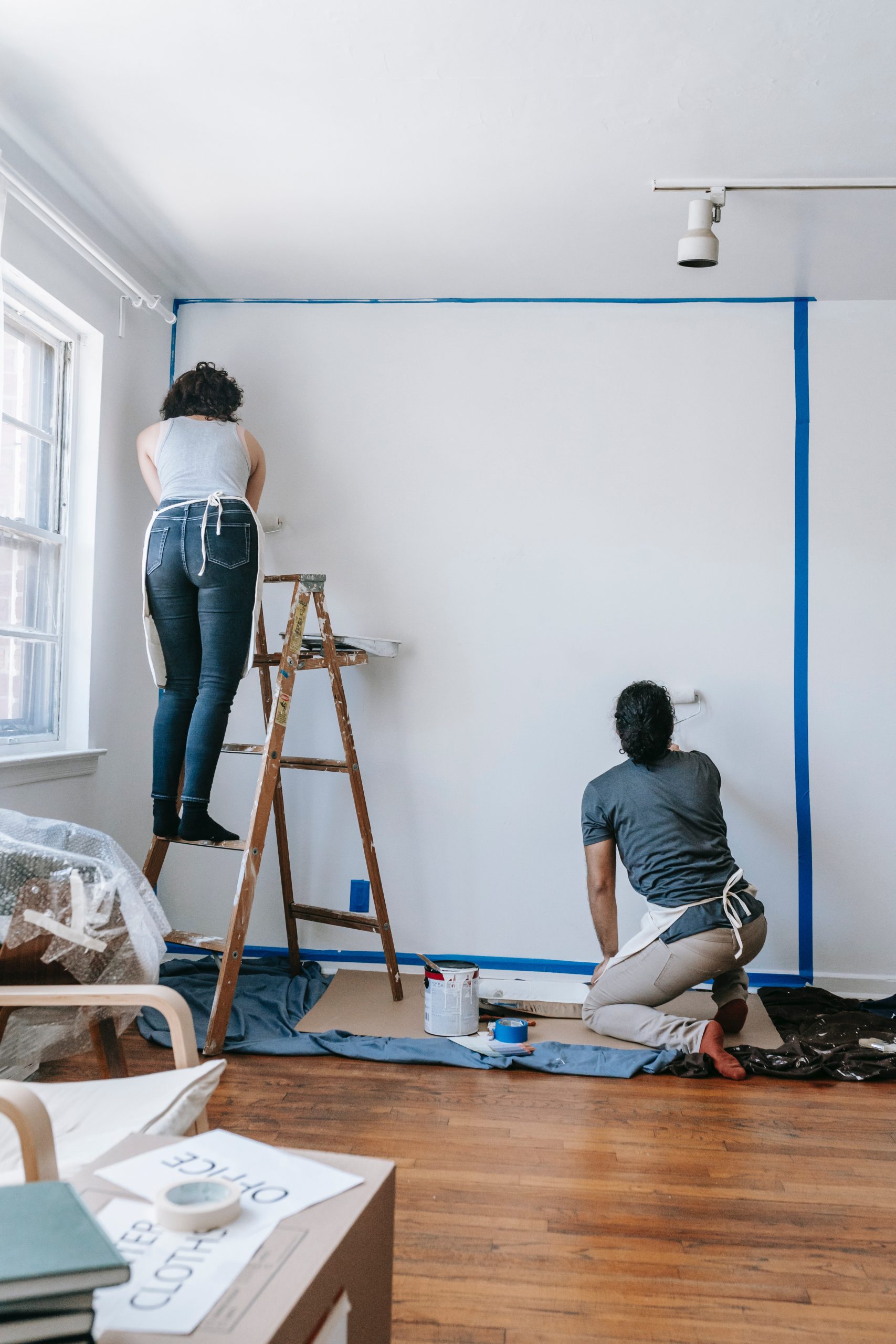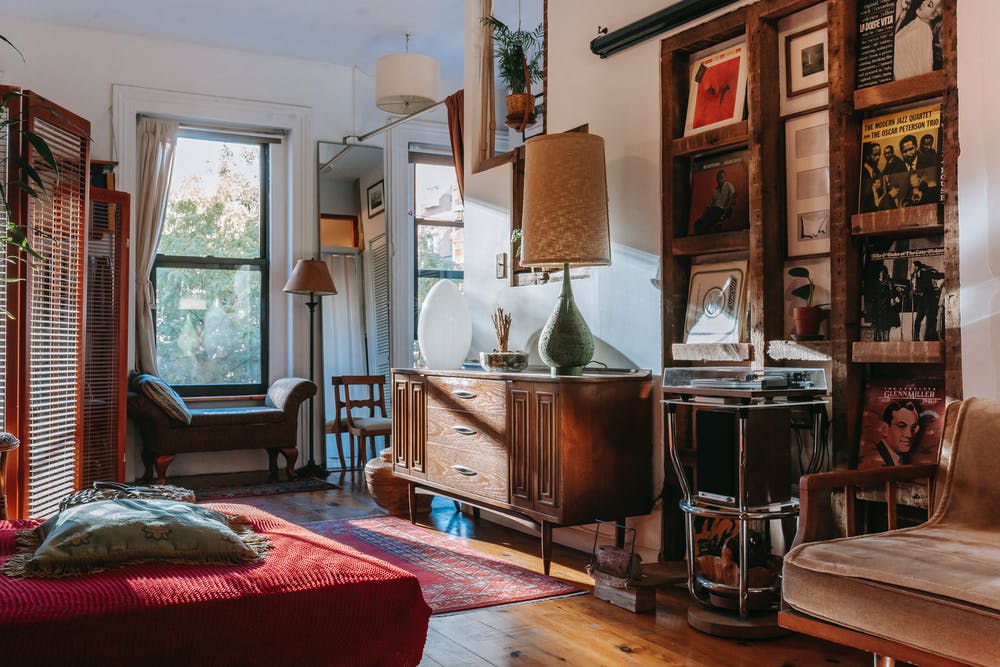While there has been much hubbub about the Millennials’ potential to change the housing market, it is retiring baby boomers who are in control right now. If your parents are among the people looking for a new home to enjoy retirement in, you can help them.
Freddie Mac recently found that baby boomers are the dominant demographic in the housing market. While Millennials were expected to be behind the majority of real estate sales this year, it seems baby boomers are giving them a run for their money. The company surveyed 4,900 homeowners born before 1961. These individuals control two-thirds of the home equity in the U.S., and 40 percent of them hope to move at least once more. If your parents are among these market-shaping seniors, then they may to be looking for a new residence. With interest rates as low as they are, the time is right for homebuyers with good credit.
However, the cost of health care and the limits of Social Security and retirement savings may make it more difficult to afford a home. Lending standards are strict, and medical debts and small retirement incomes are difficult to work around. One of the best things people can do for their parents in this financially difficult environment is to offer help with the homebuying process. Realtor.com explained a few of the ways you can help your parents buy a new home:
Purchase it yourself and charge rent
One option is to buy the home yourself and charge your parents rent. This way they don’t have to deal with strict lending standards nor do they have to raid their savings for a sizable down payment. In addition, this is an opportunity for you to invest in a property and gain equity without worrying about your tenant. It is important, though, to set rent prices at levels comparable to nearby properties. Otherwise, the Internal Revenue Service could start poking around.
Buy the home and don’t charge rent
If you’re feeling especially generous and are in need of a second home, you could buy the home for your parents and forgo charging rent. There are tax advantages to buying a home for your mom and dad. If you opt for this arrangement, the government will allow you to deduct the mortgage interest and property taxes on your home. In this case, it would be best to keep the title of the home in your name to avoid a gift tax.
Co-sign the mortgage
The first two options require buying a home, but the third necessitates co-signing a loan instead. Your own credit might be enough to offset the impact of smaller retirement income or other financial problems retirees face. Parents often prefer this option, since it offers them some financial independence relative to the other two choices. In addition, you won’t have to shell out much of your own cash in this arrangement.
Medical expenses and retirement income and savings limitations have created difficult circumstances for some baby boomers who hope to buy a home. Luckily, their children can step in and help by purchasing the properties themselves or co-signing mortgages. This way, baby boomers can move into homes that suit their retirement lifestyles.
Brought to you by HMS Home Warranty. HMS is an industry leader with over 30 years of creating success for clients and providing peace of mind for customers. To learn more click www.hmsnational.com.
A short bio and link to About Me page.


 Facebook
Facebook
 X
X
 Pinterest
Pinterest
 Copy Link
Copy Link







